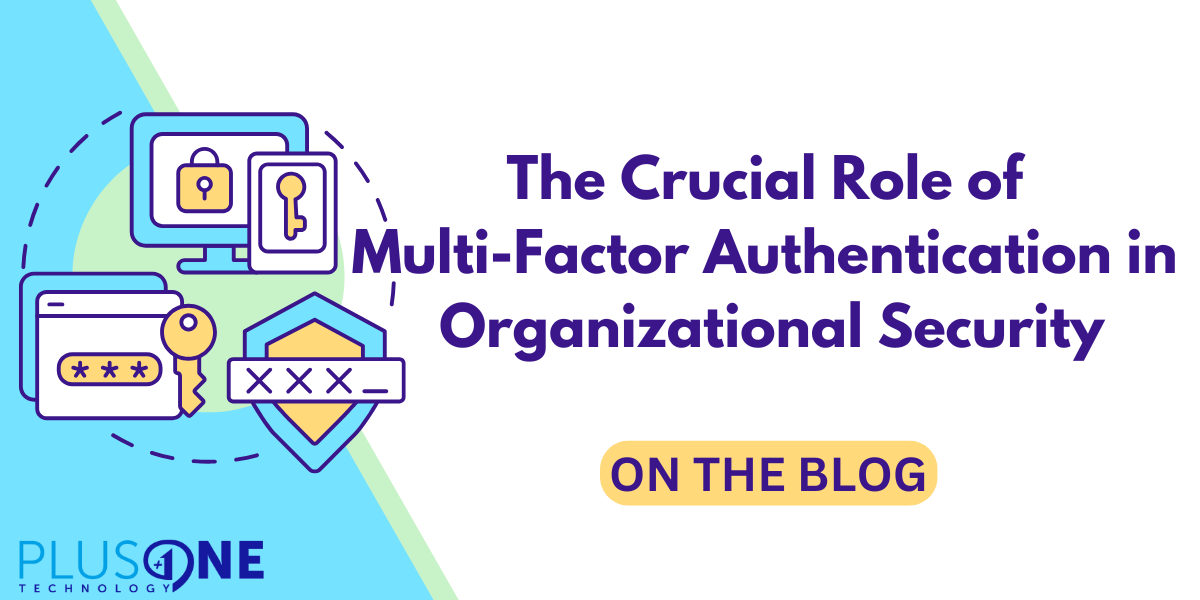In today’s digital age, the protection of sensitive data within organizations has never been more critical. Cyber threats are continuously evolving, and companies must stay ahead by implementing robust security measures. One of the most effective ways to enhance security is through Multi-Factor Authentication (MFA). This blog post delves into the significance of MFA, the challenges organizations may face during its implementation, and practical solutions to overcome these hurdles.
The Importance of Multi-Factor Authentication
Multi-Factor Authentication is a security system that requires more than one method of authentication from independent categories of credentials to verify the user’s identity. This typically involves a combination of something the user knows (password), something the user has (security token or mobile device), and something the user is (biometric verification).
Statistics highlight the effectiveness of MFA in preventing unauthorized access. According to a study by Microsoft, MFA can block over 99.9% of account compromise attacks. This staggering figure underscores the necessity of incorporating MFA into organizational security protocols.
Challenges in Implementing MFA
Despite its clear benefits, the implementation of MFA is not without challenges. Organizations may encounter several obstacles, including:
- User Resistance: Employees may resist changes to their login processes, perceiving MFA as an inconvenience or an additional step that complicates their workflow.
- Device Limitations: Not all employees may have access to the required devices for authentication, such as smartphones or security tokens.
- Cost Implications: Implementing MFA solutions does usually carry some type of implementation cost but it is usually minimal and even if you have to purchase a third party 2FA tool, it is usually a nominal cost.
Overcoming the Challenges
While these challenges may seem daunting, they are not insurmountable. Here are some strategies to address them:
- User Education and Training: Educate employees on the importance of MFA and how it enhances their security. Highlight statistics and real-world examples of data breaches that could have been prevented with MFA.
- Utilizing Personal Devices: If employees are required to use their personal devices, make sure they understand that this is not granting the company any additional access to their devices.
- Offering Alternatives: Provide multiple authentication options, such as email codes, biometric verification, or hardware tokens, to cater to employees with varying device access.
- Cost Management: Look for cost-effective MFA solutions that offer robust security features without breaking the bank. Cloud-based MFA services can be a viable option for smaller organizations.
The Bottom Line
Implementing Multi-Factor Authentication is a critical step in fortifying an organization’s security framework. By significantly reducing the risk of credential compromises, MFA protects sensitive data and maintains the integrity of the company’s digital assets. Overcoming the challenges associated with MFA implementation requires a thoughtful approach, but the benefits far outweigh the initial hurdles. As cyber threats continue to evolve, adopting MFA is no longer an option but a necessity for organizations committed to safeguarding their information.
In conclusion, the integration of MFA into your organization’s security protocol is indispensable. It is an investment in your company’s future, ensuring that sensitive data remains protected from unauthorized access. By educating employees, leveraging personal devices, and exploring cost-effective solutions, organizations can successfully navigate the challenges of MFA implementation and reap the benefits of enhanced security.







